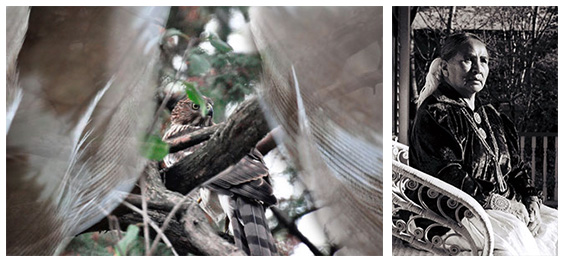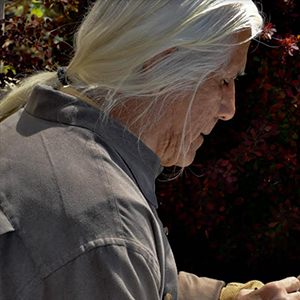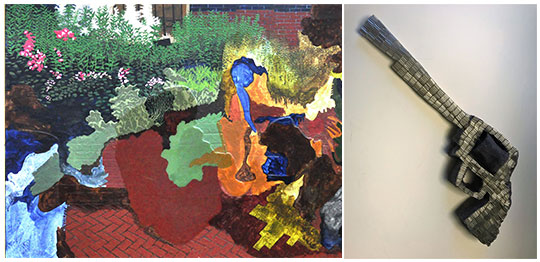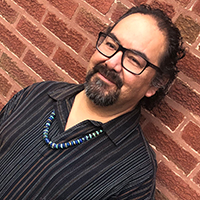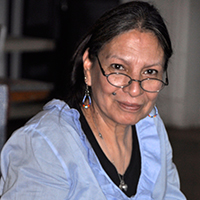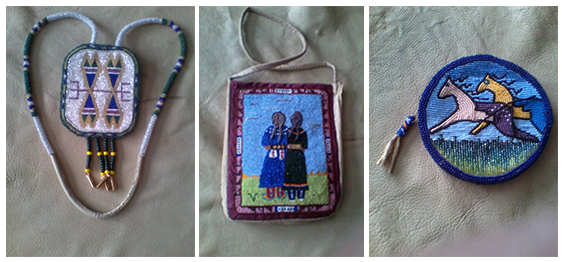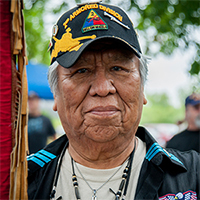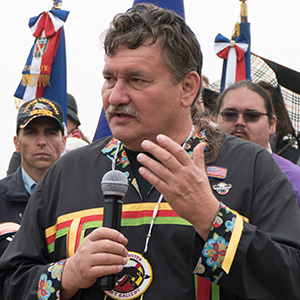
Since 2012
CAICC is a network of seventeen Native American organizations and programs that joined together to collectively work on improving conditions for Native Americans in the Chicago area. Its inception was stirred by an overwhelming recognition that the community lacked cohesion, was virtually invisible in the City, and needed to develop a shared, comprehensive vision for improvement. Consequently, in March 2012, organizational representatives made a public commitment to participate in a process of change and crafted the following overarching goals to serve as its purpose statement:
- Establish a common vision and mission for the Chicago Native American community;
- Develop a comprehensive service and development model for the urban setting;
- Move towards collaborative community relationships internally and externally; and
- Promote understanding and respect for our culture and communities including the social, economic and spiritual spheres.
CAICC began its pursuit of these goals through an aggressive three-phase planning initiative involving: a community survey to identify community needs and issues; a community-wide conference with close to 200 participants to prioritize those issues, and a retreat to develop action plans for community change. These plans are now being used to guide the CAICC community change process, and a steering committee consisting of delegates from all seventeen organizations govern the Collaborative and oversee its work.
Priority & Goals
Within this broad agenda, CAICC established four priority goals to pursue during 2014 and 2015, they are: 1) Increase foundation financial support to the Native community; 2) Seek systems reform and public policy change through leadership development training and education, as well as extending outreach to Tribes, with a goal to increase the representation of American Indians in key public posts; 3) Strengthen the American Indian community’s nonprofit management and infrastructure, inner strength, and cohesiveness; and 4) Economic development: increasing employment, and increasing/growing Native American businesses.
Participating organizations and programs have signed a Memorandum of Understanding that clarifies the expectations and responsibilities of those in the Collaborative. This is the first time in the community’s history that such a document has been constructed and broadly endorsed. In July 2013, the Mitchell Museum of the American Indian agreed to serve as the fiscal agent for CAICC. The CAICC member organizations now recognize that there is greater power working together in a collaborative fashion and that there is an enormous opportunity for change created by harnessing this power. Problematically, all of the Native organizations and programs are under-resourced with little capacity to take on additional work. Therefore, CAICC is seeking funding to cover its programmatic expenses and to contract for services to assist with organizing and supporting action committees, as well as to shepherd continued growth and development of CAICC to reach its full potential.
At its core, CAICC holds fast to principles of racial equity and creating a strong voice for the Native American community on issues that affect them. As a result of its work to date, the community is experiencing a heightened level of inter-organizational cooperation and planning, along with a higher level of trust, sharing of resources, and mutual support for one another.
Executive Committee
- President: Jasmine Gurneau
- Vice President: Shelly Tucciarelli
- Secretary: Lisa Bernal
- Treasurer: Andrew Johnson

